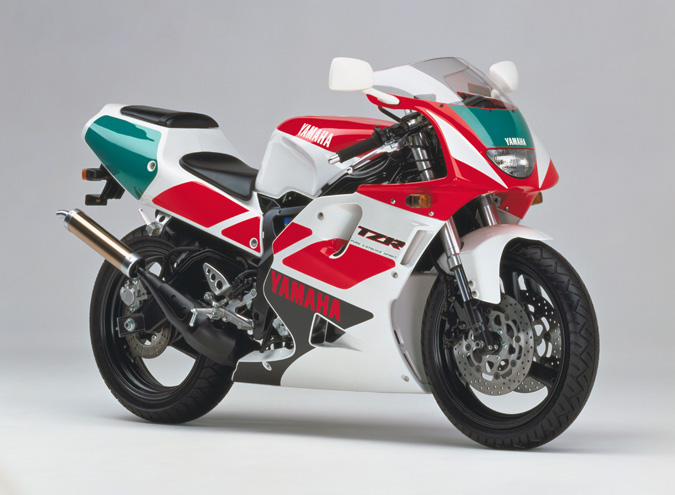The Indian Model 841 is one of the most unusual and least conventional motorcycles ever produced by the legendary Indian Motorcycle Company of Springfield, Massachusetts. Conceived during the turmoil of the Second World War, the 841 was designed specifically for U.S. military use in desert warfare. Its engineering owed more to European motorcycle influence than to Indian’s own traditions, and while it never went into mass military service, the 841 remains a fascinating chapter in Indian’s storied history.
Origins and Development
By 1940, motorcycles were still a valuable mobility tool for armies around the world. The U.S. Army had tested and used Indian Scouts and Chiefs, but when North Africa became a critical theater of war, the military sought a machine more suited to harsh desert conditions. Heavy V-twin roadsters, like the Harley-Davidson WLA, performed poorly in sand and heat.
Looking to the proven success of the German BMW R71 with its flat-twin shaft-drive layout, Indian engineers developed a completely new motorcycle around the concept: the Model 841. Unlike anything Indian had made before, it was a purpose-built military prototype rather than a civilian-derived model.
Design and Engineering
- Engine: 45 cu in (approx. 742cc) air-cooled 90° transverse V-twin
- Power Output: Around 25 hp @ 4,500 rpm
- Transmission: 4-speed, hand-shift gearbox
- Final Drive: Shaft drive (a first for Indian, and rare for American motorcycles)
- Frame: Tubular duplex cradle frame, designed for rigidity and desert durability
- Suspension: Girder front forks, plunger rear suspension for comfort over rough terrain
- Brakes: Drum brakes, front and rear
- Weight: Approx. 560 lbs
- Top Speed: Around 65 mph
The 841’s most radical feature was its transverse 90-degree V-twin engine, mounted with cylinders jutting out sideways like a Moto Guzzi. This provided cooling in desert climates and a low, balanced center of gravity. Combined with shaft drive, it made the 841 smoother and more reliable in harsh environments than chain-driven competitors.
Field Testing and Performance
The U.S. Army tested the Model 841 extensively in desert conditions. Riders praised its stability, shaft drive, and cooler running engine compared to traditional designs. Its plunger rear suspension also made it more comfortable than most military bikes of the era.
However, the military ultimately decided against adopting it in large numbers. Reasons included:
- The arrival of the Jeep, which was far more versatile for military duties.
- Supply chain concerns (introducing a completely new motorcycle design was logistically complex).
- Compatibility with existing parts and maintenance infrastructure (Harley’s WLA was already well established).
Only about 1,056 units of the Indian Model 841 were built, making it more of an experimental footnote than a mainstream military mount.
Market and Postwar Fate
Since the Army rejected it, most Model 841s were sold as surplus after the war. Civilians who bought them found them unusual, often appreciating their smoothness and shaft drive but frustrated by limited parts availability. Many were cannibalized or modified, further reducing the number of surviving machines.
Vintage Status and Collectability
Today, the Indian 841 is one of the most collectible and unusual American military motorcycles. Its rarity, distinctive design, and story as a “what if” machine of WWII make it prized among enthusiasts. While it was never a battlefield hero, the 841 represents a bold and innovative engineering experiment, showing how even iconic companies like Indian adapted under the pressures of wartime needs.
Collectors admire it as a curiosity that bridges Indian and European engineering traditions—a motorcycle that looked to the BMW R71 and Moto Guzzi for inspiration, yet retained its own identity.



